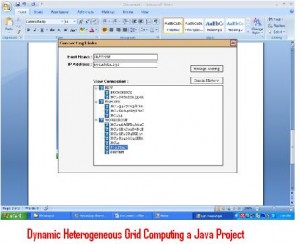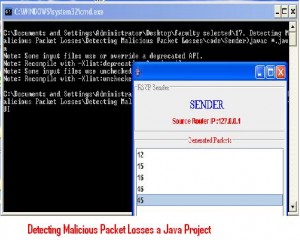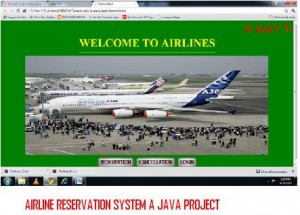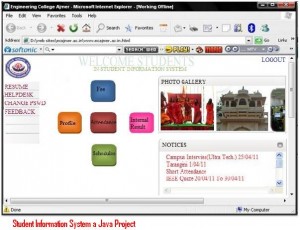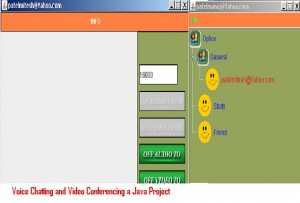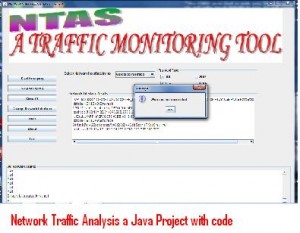Online Examination java project is a newly developed project that assesses students by conducting online objective tests. The tests would be highly customizable. This project will enable educational institutes to conduct test and have automated checking of answers based on the response by the candidates. The purpose of the project is to see that the responses from the candidates will be checked automatically and instantly. Online examination will reduce the hectic job of assessing the answers given by the candidates. Being an integrated Online Examination System it will reduce paper work.
Advantages:
It can generate various reports almost instantly when and where required. This project would be very useful for educational institutes where regular evaluation of students’ is required. Further it can also be useful for anyone who requires feedback based on objective type responses.
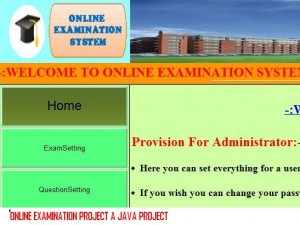
Conclusion:
Online Examination java project allows faculties to create their own tests. It would enable educational institutes to perform tests, quiz and create feedback forms. It asks faculty to create his/her set of questions. Faculty then creates groups and adds related students into the groups. Further the tests are associated with specific groups so that only associated students can appear for the test.
The result of the response would be available to the faculty of the question set. Further the result would also be mailed to the student. This project would be helpful for creating practice tests, say for educational institutes and as a feedback form. The project requires programmed software with administrator aspect, student aspect and analysis.

